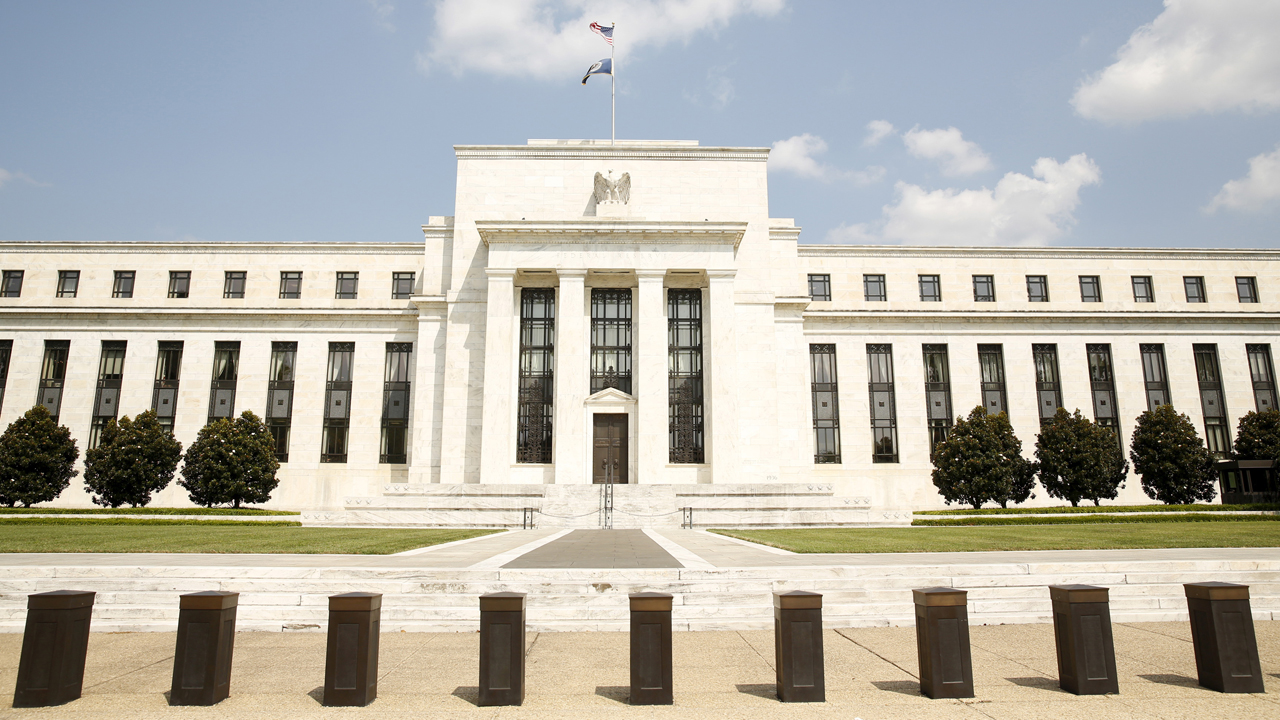Don't Expect Fireworks from FOMC's Two-Day Meeting
The Federal Reserve concludes its two-day policy-setting meeting on Wednesday afternoon, but Wall Street doesn’t have high hopes for any blockbuster announcements.
According to Fed funds futures, a tool used to track market expectations for future changes in monetary policy, investors are pricing in a 0% chance the U.S. central bank will move to raise interest rates this month. By the June meeting, the FOMC’s next gathering, expectations increase to 23% for a rate hike, and by December, investors see a 71% chance of an increase.
Michael Block, chief strategist at Rhino Trading Partners, said if the Fed announced a rate hike, it would be a bombshell surprise.
“If you dig into [the March Fed minutes], over and over again like an alarm bell, they talk about the strong dollar. If they’re worried about the strong dollar, then they’re going to stay dovish tomorrow, and they’re going to stay dovish for a long time,” Block told FOX Business Network’s Neil Cavuto.
The dollar index, which tracks the greenback against six global currencies, jumped 9.3% in 2015 on positive U.S. economic performance when compared with other economies across the globe, and expectations the Fed would raise interest rates more quickly than it has in 2016. Recall at the conclusion of the FOMC’s December meeting, the statement expressed intent for the central bank to raise rates at least twice the following year.
That guidance was squashed in the first quarter when worries about global economic stability hit markets across the world. Fed members said at the March meeting they would closely eye economic developments across the world – including in China, where much of the first-quarter weakness was sparked about an economic slowdown.
Since the first quarter, though, the global economy has shown signs of improvement, and the U.S. has regained its footing with positive labor market data and an uptick in inflation, which is moving nearer to the Fed’s 2% target. Not to mention, volatility on Wall Street has also eased as investor sentiment about the domestic picture improves.
John Canally, chief economic strategist for LPL Financial, said in a note that since the last Fed meeting, Fed Chair Janet Yellen referred to financial market conditions four times in her post-meeting press conference, and three times in a March 29 speech to the New York Economic Club.
“While financial stress has abated somewhat in the past two months after a sharp run higher in the first six weeks of 2016, the stress level remains above where it was just after the Fed raised rates in mid-December 2015,” Canally explained.
He went on to say that put another way, financial markets have already tightened U.S. financial conditions, therefore working to slow the economy so the Fed doesn’t have to.
Block predicts the Fed will continue to stand firm on rates for some time as it faces a diverging global monetary policy backdrop with ever-loosening conditions from central banks including the European Central Bank, the Bank of Japan, and others across the world.
“Given the ECB , the BOJ, and arguably the Chinese central bank are all on this mission to keep their currency weak, to continue accommodating. If the Fed has to compete with that, they’re never going to raise rates,” he said.
